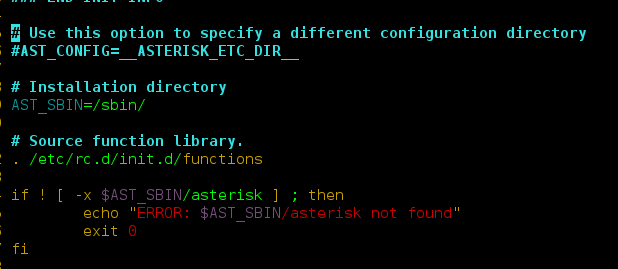In this article, we will see how we can trigger an expose event in PYGLET module in python. Pyglet is easy to use but a powerful library for developing visually rich GUI applications like games, multimedia etc. A window is a “heavyweight” object occupying operating system resources. Windows may appear as floating regions or can be set to fill an entire screen (fullscreen). This event is triggered when the window first appears, and any time the contents of the window are invalidated due to another window obscuring it. There is no way to determine which portion of the window needs redrawing. Note that the use of this method is becoming increasingly uncommon, as newer window managers composite windows automatically and keep a backing store of the window contents.
We can create a window with the help of command given below
pyglet.window.Window(width, height, title)
Below is the syntax of the on expose event, this method get called when this event is triggered
@window.event
def on_expose():
print("On Expose Event")
Below is the implementation
Python3
# importing pyglet moduleimport pygletimport pyglet.window.key# width of windowwidth = 500# height of windowheight = 500# caption i.e title of the windowtitle = "Geeksforneveropen"# creating a windowwindow = pyglet.window.Window(width, height, title)# text text = "neveropen"# creating a label with font = times roman# font size = 36# aligning it to the centerlabel = pyglet.text.Label(text, font_name ='Times New Roman', font_size = 36, x = window.width//2, y = window.height//2, anchor_x ='center', anchor_y ='center')# on draw event@window.eventdef on_draw(): # clearing the window window.clear() # drawing the label on the window label.draw() # key press event @window.eventdef on_key_press(symbol, modifier): print("nn") # key "C" get press if symbol == pyglet.window.key.C: # close the window window.close()# on expose event@window.eventdef on_expose(): # printing some message print("On Expose event") # image for iconimg = image = pyglet.resource.image("logo.png")# setting image as iconwindow.set_icon(img) # start running the applicationpyglet.app.run() |
Output :





